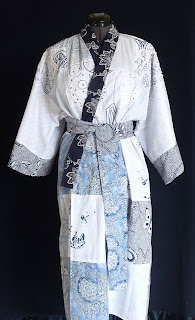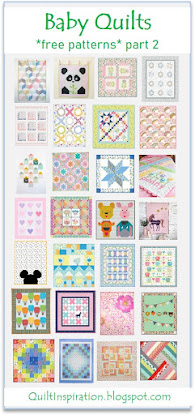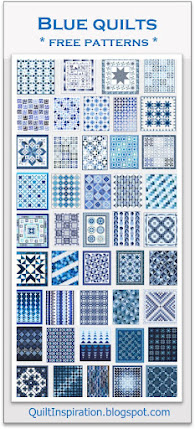Roman Stripes variation quilt, by Willie “Ma Willie” Abrams, ca. 1975. Corduroy. Courtesy of The Collection of the Tinwood Alliance; photography by Museum of Fine Arts, Houston
Now, what makes this color scheme work?
First let's consider color value. This quilt has a mixture of light, medium and dark values. Almost every quilt artist has noted that this is a hallmark of an effective design! The orange-yellow has a light value, while the chocolate brown has a very dark value, as seen on the gray scale below.
And regarding color: it seems to us that there is a clever combination of analogous and complementary colors within the quilt. Here is one section, which includes complementary hues of aqua blue and orange-red:
while other sections feature analogous hues of orange-yellow to yellow-green:
Each section of the quilt has a color scheme that is harmonious by itself. Their sophisticated use of color makes the Gee's bend quilters so impressive. Don't you think we can learn a lot by studying their quilts? Here are two books we've been enjoying: The Quilts of Gee's Bend- Masterpieces from a Lost Place
Image credits and links: The color analysis was done with Moda's Fabric Matcher. The Roman Stripes variation quilt was shown at the Museum of Fine Art in Houston; you can read about the exhibit in an article by Alvia J. Wardlaw, curator, at Antiques and Fine Art.





















It was interesting to read your analysis of the color theory behind this quilt - one that I am just mad for. I keep a picture of it in my sewing room. I just instinctively was drawn to it, but now I know there is more to it than that!
ReplyDeleteI just love the Gee's Bend quilts, the quilters who make them seem to have an instinctive feel for colour and design, yet the quilts have a nice improvisational feeling to them as well.
ReplyDeleteI was so lucky to get to see the Gees Bend exhibit when I was in Boston at the same time. You are a good student of color theory.
ReplyDelete